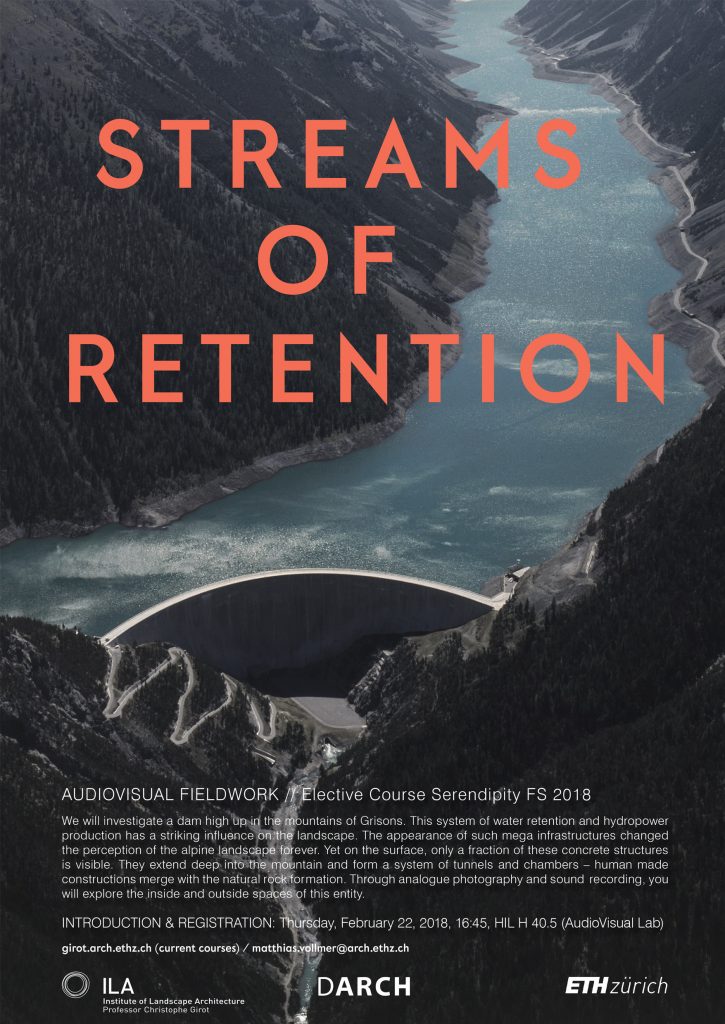
ABSTRACT
This elective course and thesis elective in the spring semester 2018 will investigate the landscapes high up in the state of Grisons, where dams, retention lakes and powerplants meet the rough mountain world.
TEACHING TEAM
Prof. Christophe Girot, Laura Endres, Dennis Häusler, Johannes Rebsamen, Matthias Vollmer
STUDENTS
Jan Marc Castlunger, Tanguy Romain Caversaccio, Giulia Cereghetti, Elif Erez, Anabell Sophie Fritsches, Cyriac Jean Levet, Julia Katharina Messerschmidt, Laszlo Nef, Eva Susanne Oberndorfer, Loyse Rebord, Zofia Hanna Roguska, Noah Cédric Steiner, Meike Karina Stender, Wenjie Zheng
CONTACT
Water is one of the most important resources for us. We drink it to survive, we use it to clean ourselves, to water the plants we grow, to generate energy and support the industrial production. The alpine landscape of Europe is a rain catcher for the whole continent, the high mountains force the clouds to rain, the glaciers, alpin lakes and rocks function as a reservoir. After we explored the vast landscape of glaciers, we will step down to the next stage of the water stream. The momentum where the human takes an active influence on the delicate balance of supply and production.
We will investigate a dam high up in the mountains of Grisons. This system of water retention and hydropower production has a big influence on the landscape and the appearance of these huge infrastructures changed the perception of the alpine landscape forever. But what is visible on the surface is only a part of these concrete structures, they extend deep into the mountain and form a system of tunnels and chambers, human made constructions merge with the natural rock formation.
By looking and listening on the inside and outside of this entity, we will search for gaps, joints, resistance and connections between landscape, concrete, production and protection. How did the construction of the dam change the landscape? Can we still see some traces from the time before? We want to understand the spatial characteristics drawn by light and sound and create a new perception of this place.
By looking and listening on the inside and outside of this entity, we will search for gaps, joints, resistance and connections between landscape, concrete, production and protection. How did the construction of the dam change the landscape? Can we still see some traces from the time before? We want to understand the spatial characteristics drawn by light and sound and create a new perception of this place. You will learn to take pictures with an analog middle-format photo camera and how to record sound with a variety of microphones and work on the spatial perception through photography and sound. Back on campus, you will develop your pictures in the laboratory, arrange them in space and edit sound recordings in our new Audio-Visual-Lab. Finally, you will present your work as an audio-visual experience from your own perception of this landscape
Returning to the same place in summer, you will find the same elements but a different landscape which require new approaches. You can choose and create your own method and techniques, in addition to the elective course, you can learn to work with a professional large-format camera and a 3D-Laserscanner that will expand the possibilities of your composition.
Mit freundlicher Unterstützung von:

A summary of the final studentes work: Jan-Marc Castlunger & Zofia Roguska, Loyse Rebord & Elif Erez, Cyriac Levet & Tanguy Caversaccio, Meike Stender & Eva Oberndorfer & Giulia Cereghetti, Anabell Fritsches & Julia Messerschmidt, Maximilian Appel & Wenjie Zheng, Laszlo Nef & Noah Steiner

Image by Matthias Vollmer
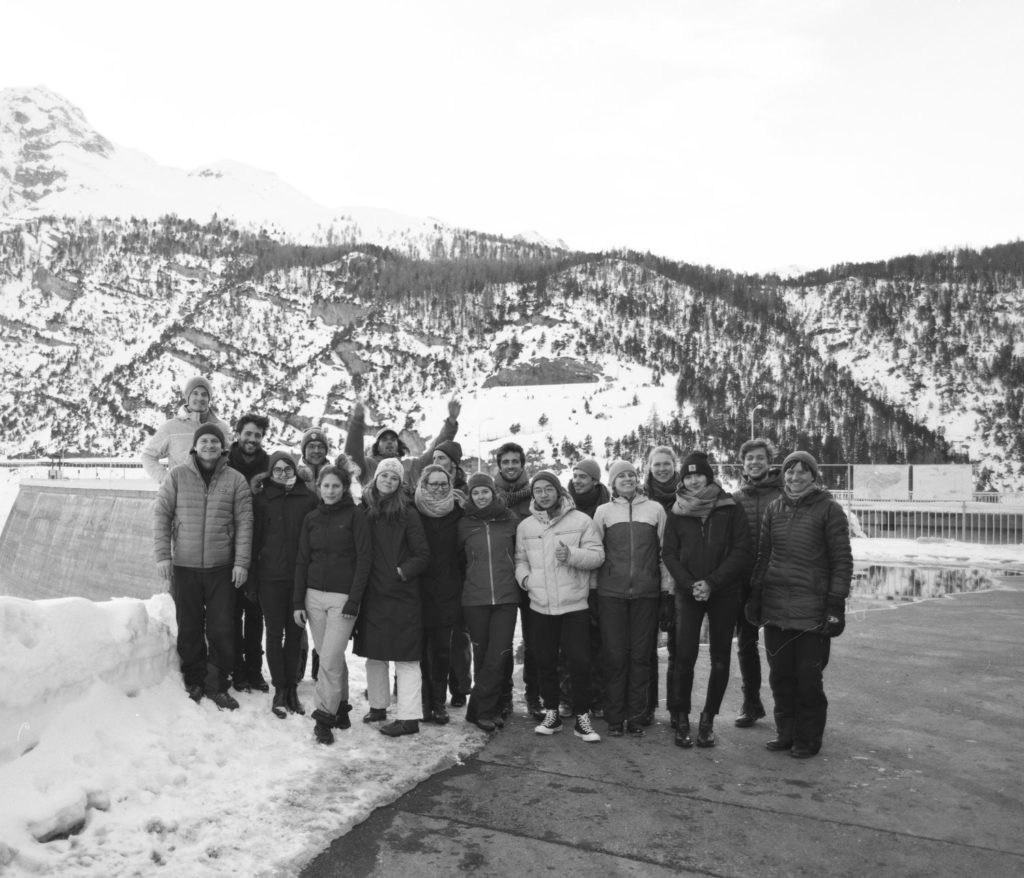
Image by Ralph Rosenbauer, Alpa of Switzerland
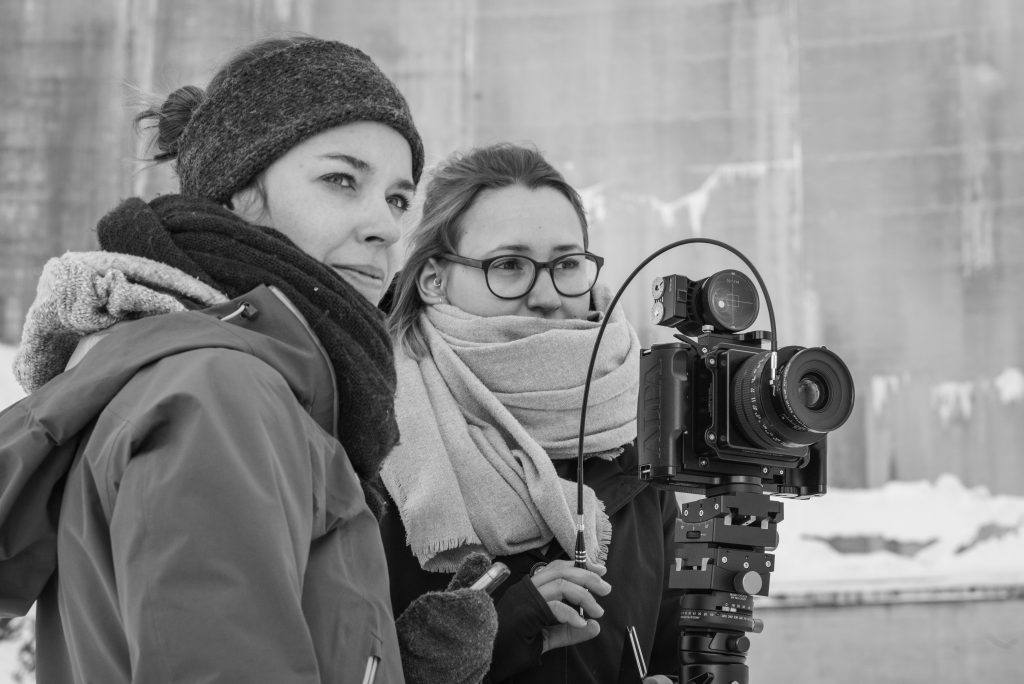
Image by Ralph Rosenbauer, Alpa of Switzerland
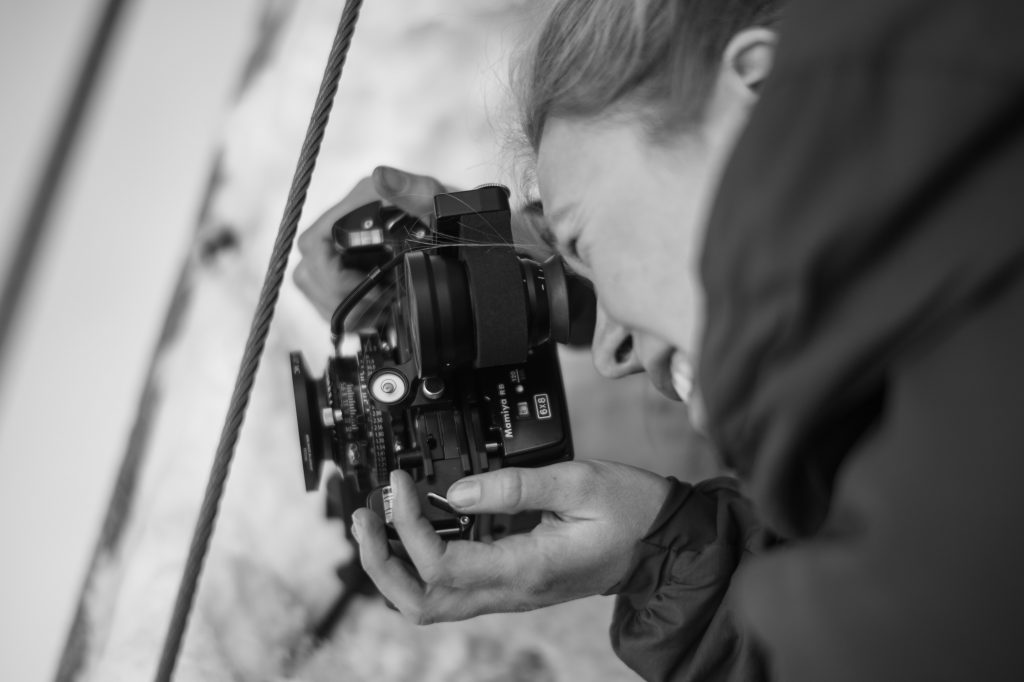
Image by Ralph Rosenbauer, Alpa of Switzerland

Image by Ralph Rosenbauer, Alpa of Switzerland
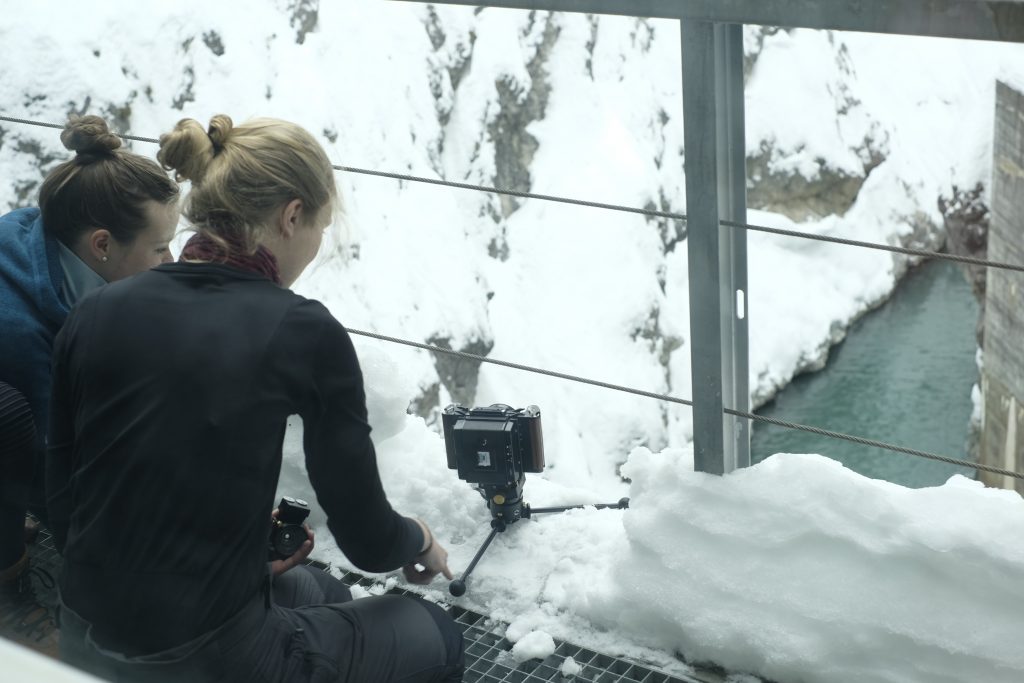
Image by Matthias Vollmer
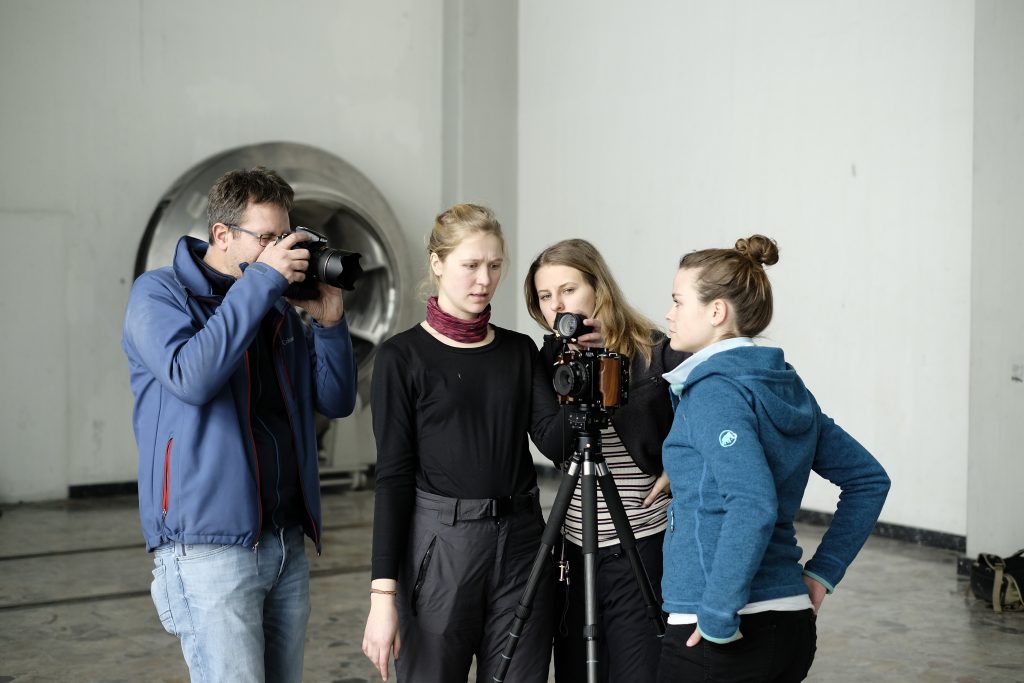
Image by Matthias Vollmer

Image by Matthias Vollmer
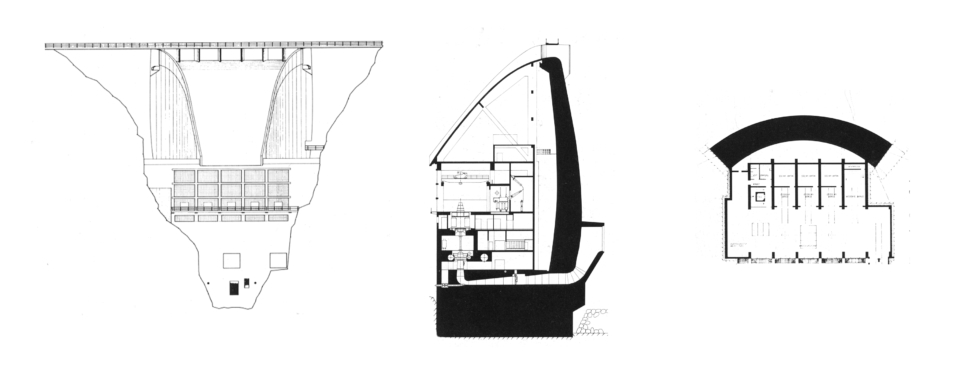
Sections and floor plan of the powerplant Ova Spin

